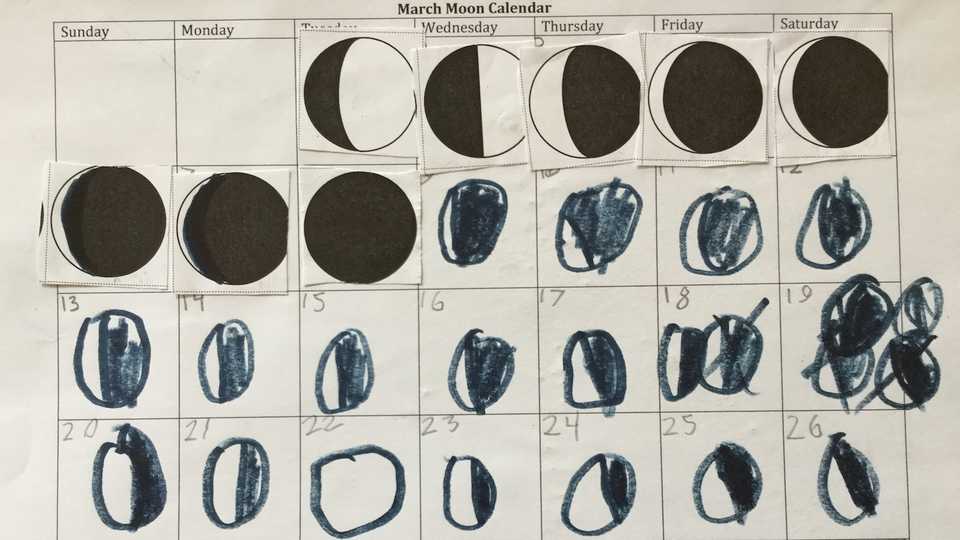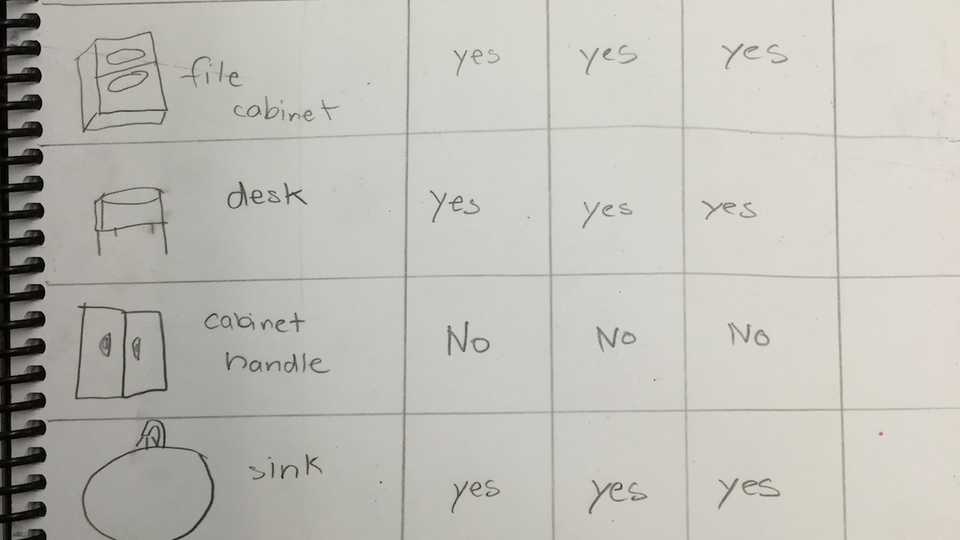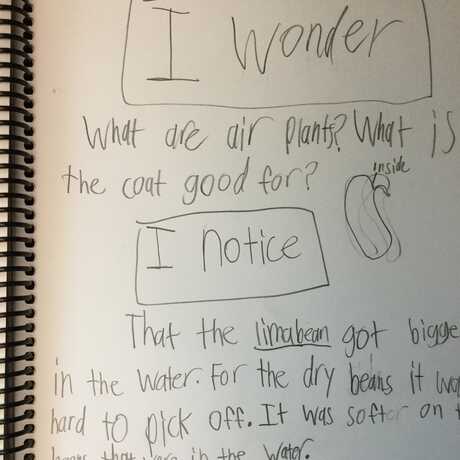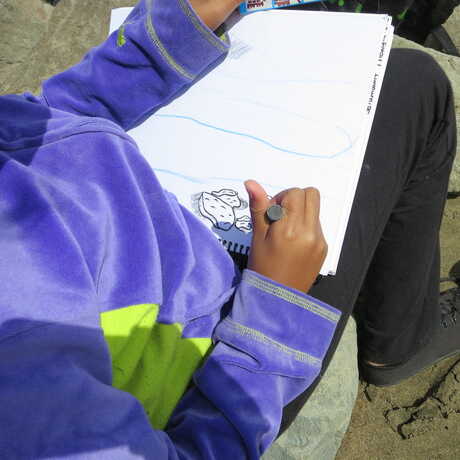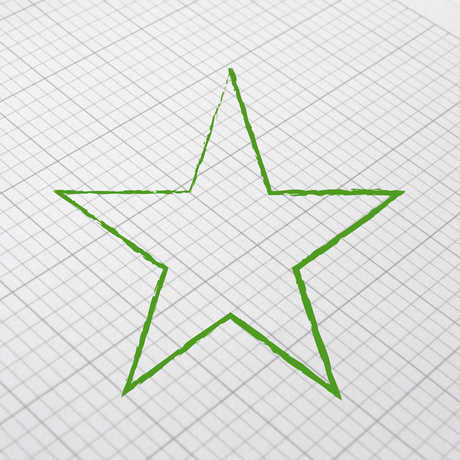
When we empower students to collect and evaluate data, they learn how to make scientific meaning out of concrete evidence. The science notebook is a useful tool for both data stages: collection and analysis.
About This Guide

Below, you'll find guidance related to helping students collect and analyze data, including:
- Types of data students can collect
- Tips for collecting, recording and analyzing the data
- An example story from a real classroom
Because we know teachers appreciate seeing the results of using these strategies, we've also created an example gallery containing student work and photographs of scaffolds on the walls of classrooms.
What kind of data will students collect?

Most kinds of data fall into two broad categories:
- Qualitative observations [see more tips on this here]
- Observations using any or all of the five senses
- Sketches over time
- Before and after observations
- Quantitative data
- Measurements (of distance, weight, height, wattage, etc.)
- Number counts (of items, trials, swings, spins, etc.)
- Estimates (of something too difficult to count exactly)
Who will collect the data?
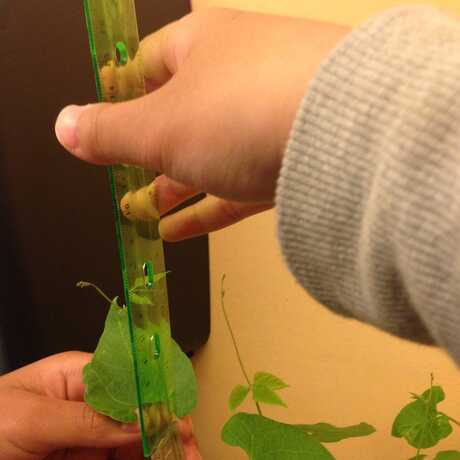
Depending on your goals and constraints, you may choose one of these options:
- Everyone collects the same data
- e.g. Each group performs the same mineral scratch test.
- Some groups collect different parts of the data that everyone needs
- e.g. In a water quality test, some groups test for temperature and other groups test for pH. This data is then shared with everyone.
- Data is provided for the class.
- e.g. Students analyze a set of bird migration data collected by scientists over several years.
How will students organize the data?
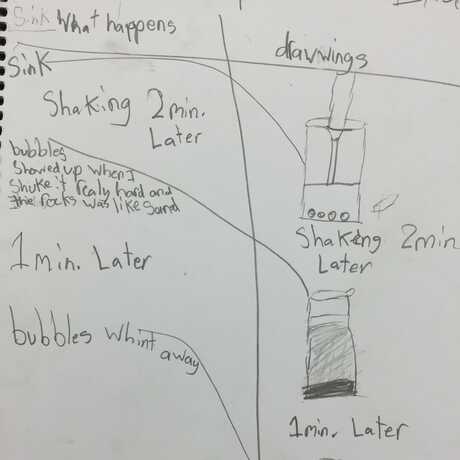
Depending on your learning objectives, you can decide from several options:
- Students use pre-made data tables that students copy or glue into their notebooks.
- Students make their own data tables based on prior class experience.
- Students collect data as they choose. Making decisions about how to collect data is part of the learning.
- Teacher puts data into a class data table. This can be done in addition to students collecting their own data. A class data table can be a powerful tool so that everyone can look at the same data.
- Teacher makes an open data table at the front of the class. Students are responsible for filling out parts of the class data table. Students then can put the data they collected in their notebooks into the larger data table created by the teacher.
How will students analyze the data?
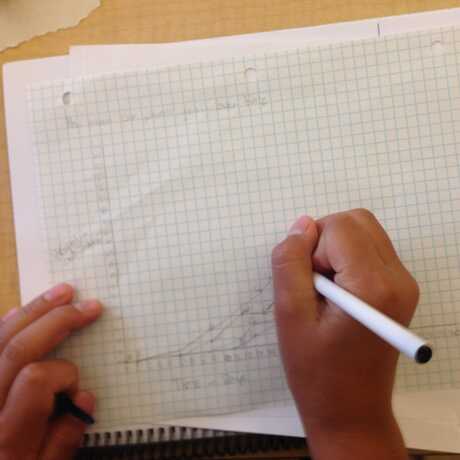
Again, your learning objectives will determine which option you choose:
- Students create graphs or other synthesis of the data in order to look for patterns and trends.
- Students make meaning of their own data in pairs or small groups.
- Students pool data as a class and consider it all together.
- Teacher provides scaffolding to help students go from organization of data to analysis.
Notes from the Classroom
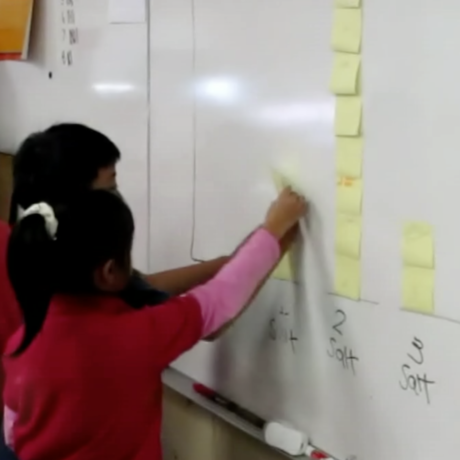
John loved doing a brine shrimp hatching experiment with his 4th graders. However, he didn’t like the data collection template provided by his curriculum; he felt it was too limiting for his students. Instead of using the template, he decided to make a giant bar graph on the board. He had his students place a post-it on the board if their bring shrimp hatched with 1 scoop of salt. He repeated the process with 2 scoops, 3 scoops, and so on. This strategy got his students up and moving, and involved them in co-constructing a class data table. Students could easily see that the bar of post-its for 2 scoops was significantly higher than the other categories. Because the students had supplied the data for the bar graph, they were more invested in the meaning-making. John, in the process, could hang back and let his students figure it out.

Science Notebook Corner
Learn how notebooks can help your students think and act like scientists.

